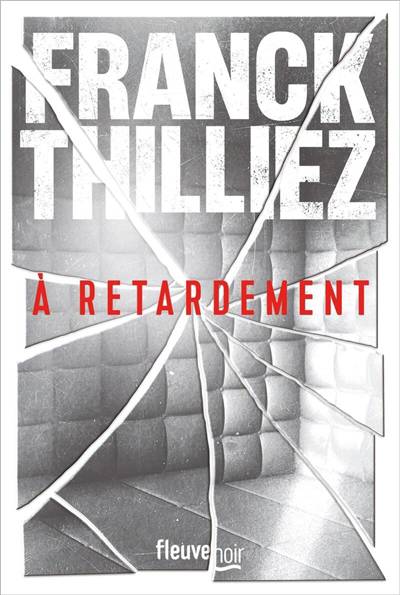
- Retrait gratuit dans votre magasin Club
- 7.000.000 titres dans notre catalogue
- Payer en toute sécurité
- Toujours un magasin près de chez vous
- Retrait gratuit dans votre magasin Club
- 7.000.0000 titres dans notre catalogue
- Payer en toute sécurité
- Toujours un magasin près de chez vous
Description
By some estimates more than a million and a half people were killed in Rwanda during just two weeks in April 1994. In this penetrating analysis, Canadian scholar Josias Semujanga, a Rwandan by birth, examines the social mechanisms, the historical factors, and the "discourse of hate" that culminated in this mind-numbing act of genocide. Semujanga focuses on the ideology of Hutu power that motivated a powerful circle around President Juvenal Habyarimana to develop and then execute a well-planned conspiracy to exterminate the Tutsi. He traces the roots of hatred back to the early colonial period when European overlords favored the Tutsi. After independence, the bitter memories of colonialism resulted in the stereotyping of Tutsis as "nostalgic for power," and suspicions about "the enemy in our midst" lingered for decades. As Semujanga shows, by the early 1990s this culture of hatred was being well cultivated by a radio-television network and a newspaper in the national language, which made it clear to the Hutu population that the "the enemy within" must be gotten rid of. At the same time, the headquarters of the Rwandan Armed Forces supplied the local administrations with lists of enemies and appointed persons to be in charge of implementing the extermination plan. All of this was carefully drawn up two years before the genocide took place. Semujanga questions whether such elaborate preparations could have remained unknown to the international community, yet he notes the many factors that complicated the situation: the presence of UN forces in Kigali, the naive assumption that these troops could protect the people, and the belief that President Habyarimana would never commit political suicide by unleashing a killing spree. No one had foreseen his airplane "accident," which then precipitated the massacres. Semujanga's brilliant analysis offers many insights into both the Rwandan tragedy and the mechanisms of ideology, language, and political system that can contribute to genocide anywhere.
Spécifications
Parties prenantes
- Auteur(s) :
- Editeur:
Contenu
- Nombre de pages :
- 230
- Langue:
- Anglais
Caractéristiques
- EAN:
- 9781591020530
- Date de parution :
- 01-04-03
- Format:
- Livre relié
- Format numérique:
- Genaaid
- Dimensions :
- 153 mm x 240 mm
- Poids :
- 485 g

Les avis
Nous publions uniquement les avis qui respectent les conditions requises. Consultez nos conditions pour les avis.






